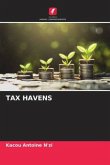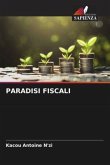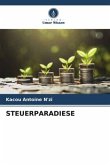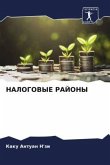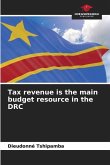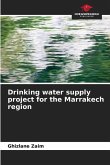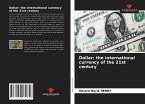Three essential parameters characterize a tax: the base, the rate and the collection methods. Historically, taxes are an important element that has always conditioned the existence, management and power of States: generally constituting an important, not to say most of the time essential, part of public revenue, along with social contributions, taxes feed the State budget. There is a common saying that "too much tax kills the tax". This formula was theorized by Arthur Laffer, an American economist of the supply-side school. This author of the Laffer curve, which models tax revenues as a function of the tax rate, believes that beyond a certain level of taxation, the optimum, tax revenues decrease because the decrease in activity no longer compensates for the increase in taxation. When the tax burden increases too much, economic actors look for ways to compensate for it. This book takes a look at tax havens, money laundering, taxation, the OECD, ECOFIN, the IMF and the ICIJ.


